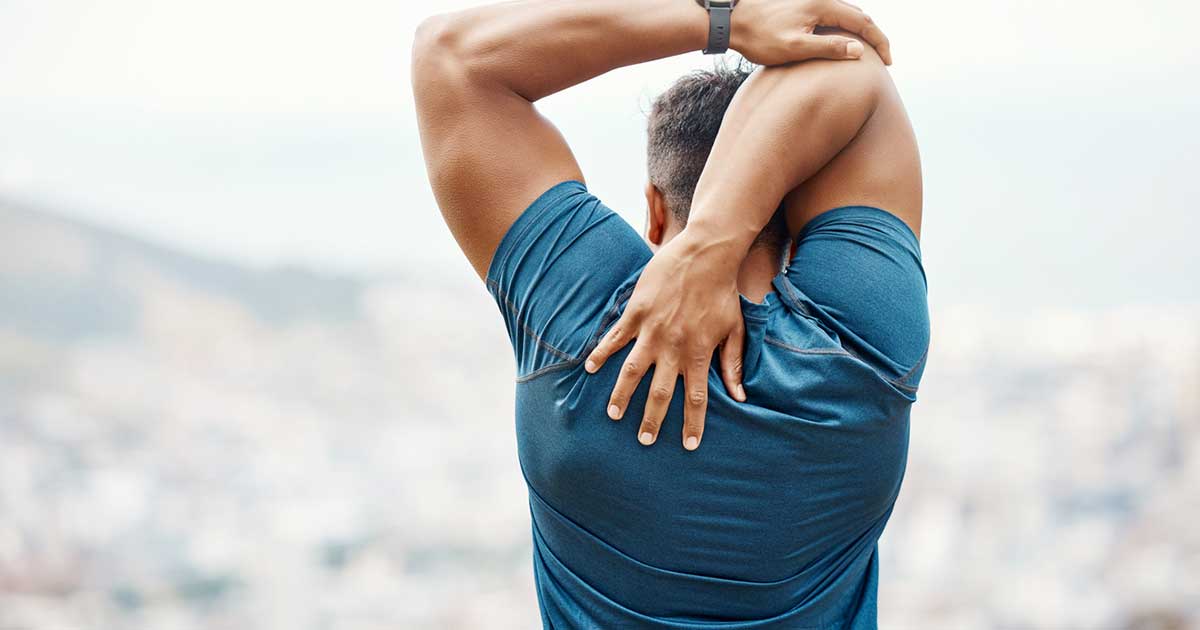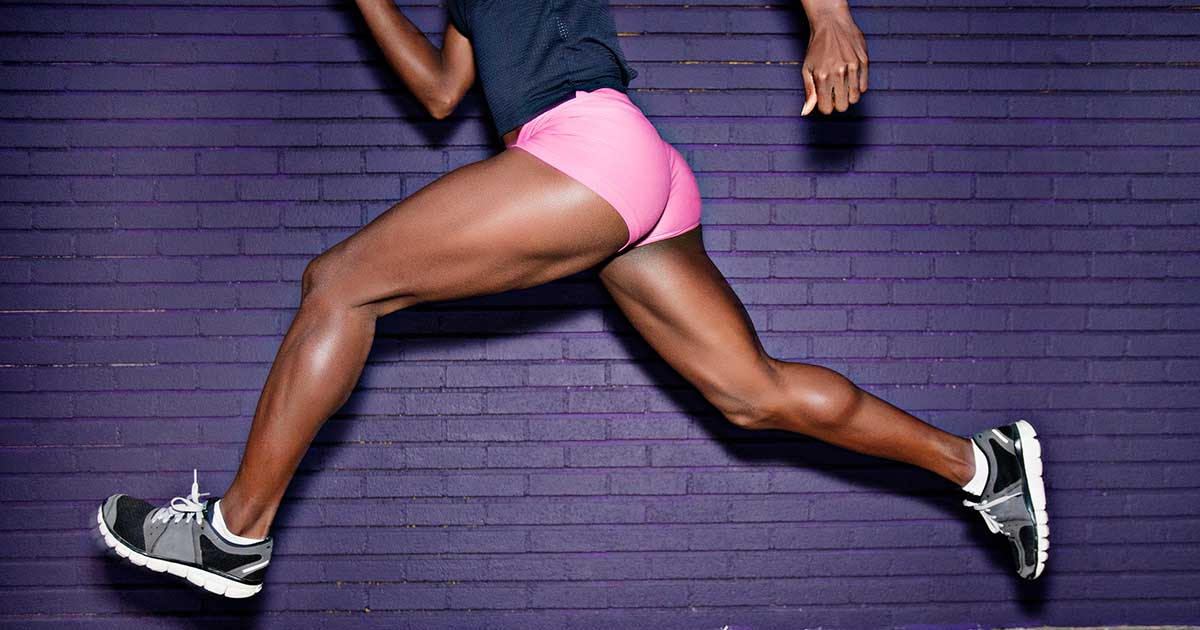A Guide to Your Chest Muscles: Anatomy and Exercises
Advice to improve your movement, fitness, and overall health from the world's #1 in orthopedics.
The chest includes some of the most prominent muscles of our body, and they’re at work for us almost constantly. The main function of the chest muscles is to help you bring your arms closer to your body with strength and control, but they also help stabilize the shoulders, lift the arms, and maintain proper posture.

HSS physical therapist Anil Nandkumar, DPT, of HSS Long Island Rehabilitation and Performance, explains the importance of chest muscle strength and stability. “They’re pretty much working all the time, especially in our modern world where everything is in front of us,” Nandkumar says. “You have your phone, your laptop, you’re talking to someone, you’re writing. Everything is in front of us and therefore all of those muscles are constantly working.”
Meet the muscles of the chest
Skeletal muscles—those attached to your bones by tendons—make up about a third of the human body. They are voluntary muscles (we control how they work) and perform a range of functions and movements throughout the body. (This makes them distinct from smooth muscles, which are involuntary, and cardiac muscles, which are specific to the heart.) There are some 650 skeletal muscles given Latin names according to their location, size and shape, and action. The pectoralis major, for instance, from the Latin “pectus” or breast, is the largest muscle of the chest.
“Your chest muscles are there to help you in your daily activities,” Nandkumar says. “They often go unnoticed, but because they are used quite often, the most important thing is prevention of injury. The more people can focus on their posture—in their daily activities, in exercise, when lifting things—the less likely it is that those muscles will give you an issue.”
The main skeletal muscles of the chest are:
- Pectoralis major: The main muscle associated with the chest, the pectoralis major is the large muscle you can see from the outside. Its main action is to bring the arms closer to the body, but it also assists with moving the shoulders and rotating the arms. The pectoralis major is the biggest and strongest—and therefore the most important—of the chest muscles.
- Pectoralis minor: Situated beneath the pectoralis major to assist in key functions, the pectoralis minor is an important chest muscle, but also a problematic one. It is integral to shoulder movement, especially shoulder rotation. Situated in a sensitive area near the rib cage, the pectoralis minor is prone to painful tightness, which can disrupt posture.
- Serratus anterior: A fan-shaped muscle that extends from the lower shoulder to the ribs, the serratus anterior is known as the “boxer muscle” because it enables a long and strong reach.
- Subclavius: Almost a forgotten muscle, the subclavius is small, triangle-shaped, and elevates the clavicle bone when we breathe in. But because it’s situated in a place where some people hold tension, the subclavius is prone to tightness.
Avoiding injuries to the chest
When a muscle is overused—whether by too much repetitive movement or too much force or resistance—it’s prone to straining. A muscle strain is a pulled muscle. Muscles are made up of fibers that can get stretched or torn. A muscle strain is categorized by how much the muscle stretches or tears. The three grades of muscle strains are:
- Grade 1 (mild)—A small number of muscle fibers have torn, causing pain and tenderness the day after exercise.
- Grade 2 (moderate)—About half of the muscle fibers are torn, causing significant pain and swelling with weakness after activity.
- Grade 3 (severe)—The complete rupture of the muscle, causing severe pain and swelling with complete loss of strength.
Tightness stemming from overuse can be particularly common in chest muscles, Nandkumar says. Severe or chronic tightness in the chest muscles can even cause blood vessels or nerves to become pinched, such as in a group of disorders known as thoracic outlet syndrome (though this is rare). More common chest injuries include tendonitis, or the more serious torn pectoralis major tendon.
When to see a doctor for a muscle strain
You can treat a mild muscle strain at home. If you feel or hear a severe pop sensation when the muscle strain occurs, that's a sign you should see a doctor. Contact your doctor if you have significant pain or do not see improvement in your muscle strain after 2 to 3 weeks.
How to keep your chest muscles stretched and strong
The best way to prevent injury to the chest muscles is to avoid tightness and overuse by using the chest muscles responsibly, Nandkumar says. This means maintaining proper posture and incorporating a well-rounded strength-training routine into your exercise regimen.
The following exercises can help stretch the chest muscles:
Doorway Stretch
- Stand in a door frame and put your arms in a “field goal” position with your shoulders elevated to 90 degrees.
- Gently press one or both arms into the door frame, feeling a stretch across your chest and shoulders.
Foam Roller Chest Stretch
- Place a foam roller on the floor and lay on top of it facing up. Your head should rest on the foam roller with it extending vertically down your spine.
- Bend your knees for stability and comfort.
- Shift your arms out to a T position. Gravity will gently pull your arms down to the floor, allowing a gentle chest stretch.
The following exercises can help strengthen the chest muscles:
Push-Up
The classic push-up is a fantastic chest strengthener, Nandkumar says, but it is often performed incorrectly, causing pain. It’s best to begin with a modified push-up, either up against a wall, on an elevated surface, or from the knees on the floor. As you build strength, you can work up to a classic pushup.
Chest Press
- Lay on your back on the floor or on a workout bench.
- Hold dumbbells or a barbell at your chest, then push your arms up toward the ceiling in a linear path and lower. Repeat.
“Someone who has solid chest strength and muscle girth can have better protection from impact,” Nandkumar says. “As a bonus, when you have a toned chest muscle system, clothing fits better.”
Published 6/5/2024





